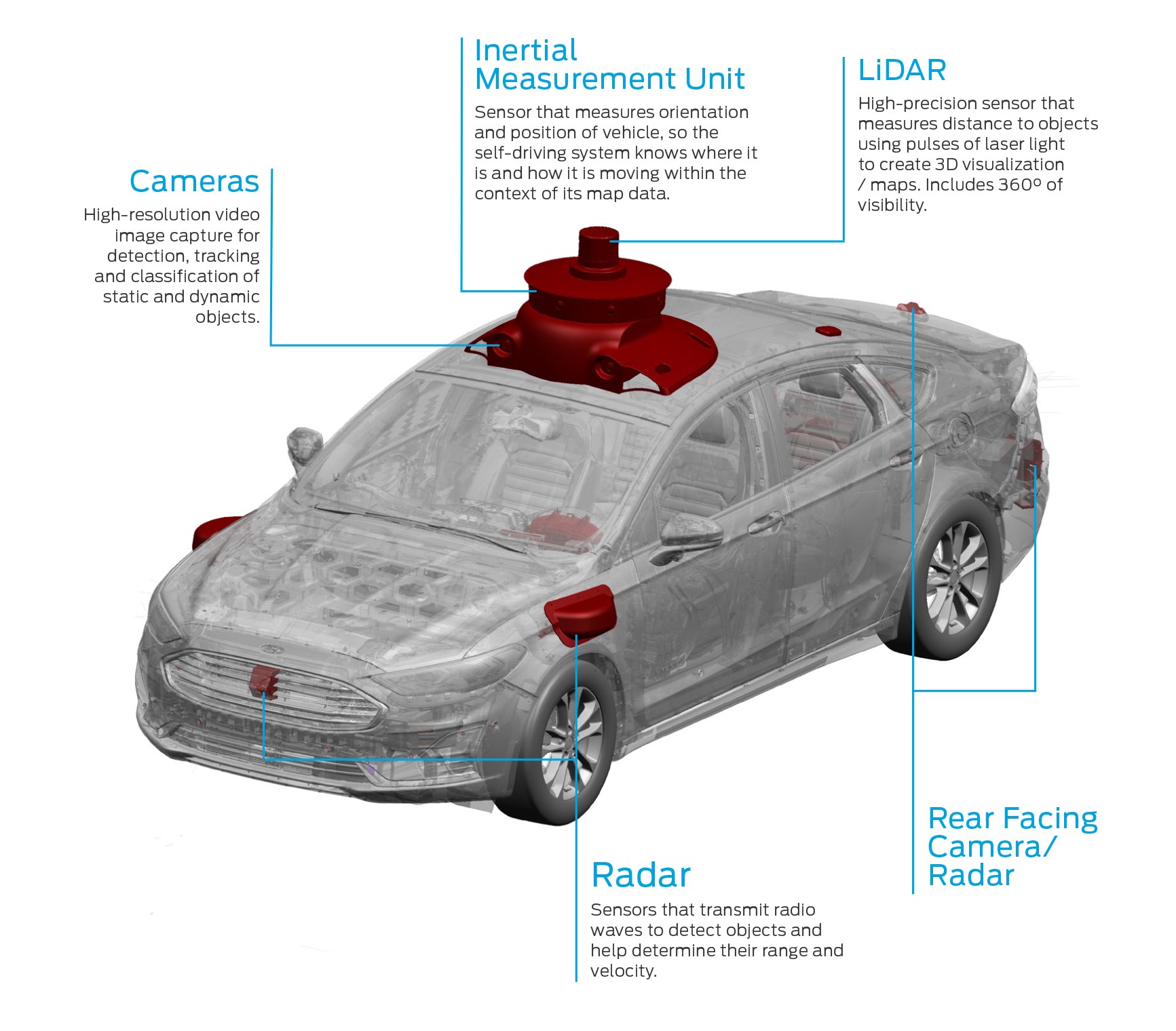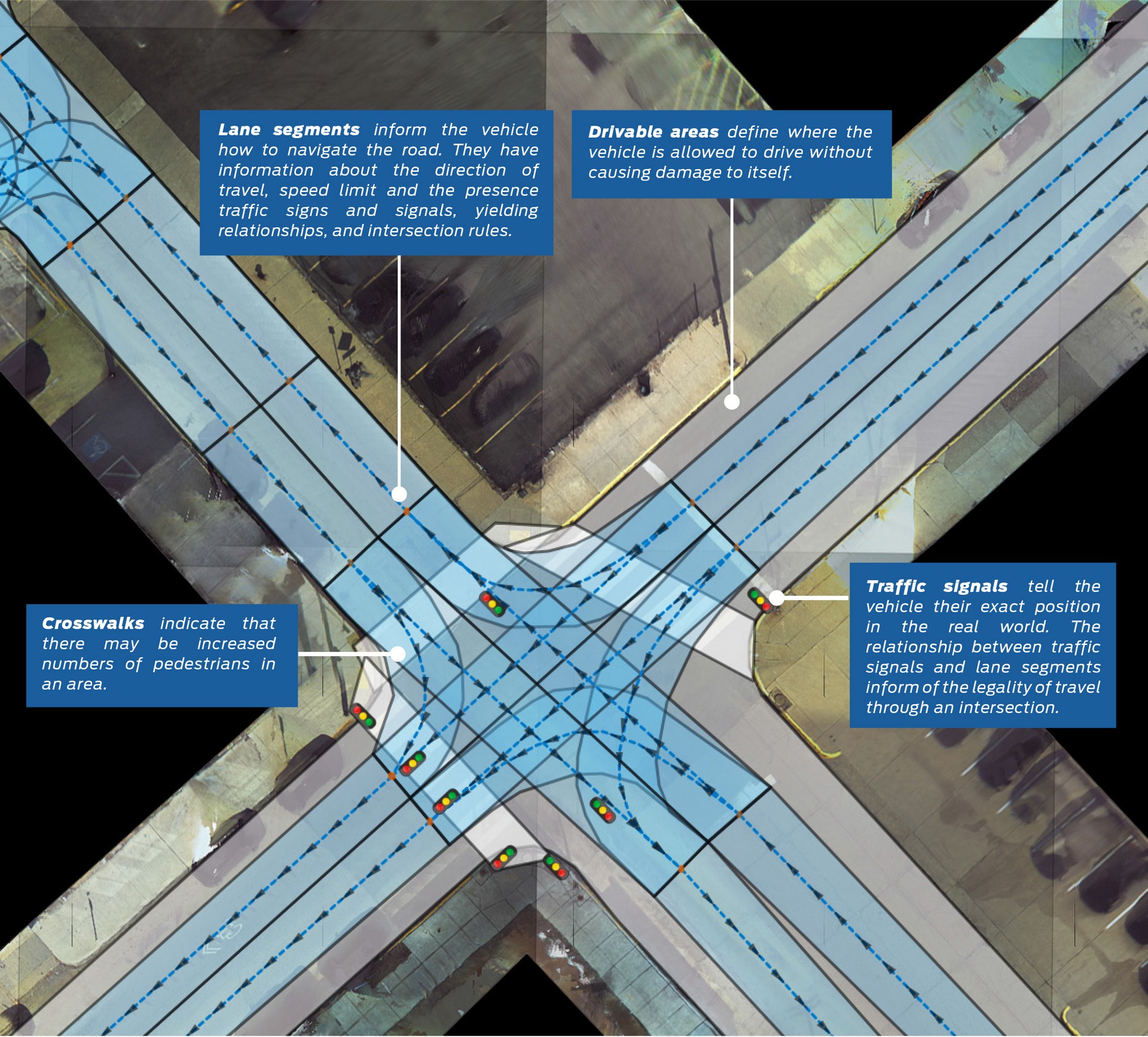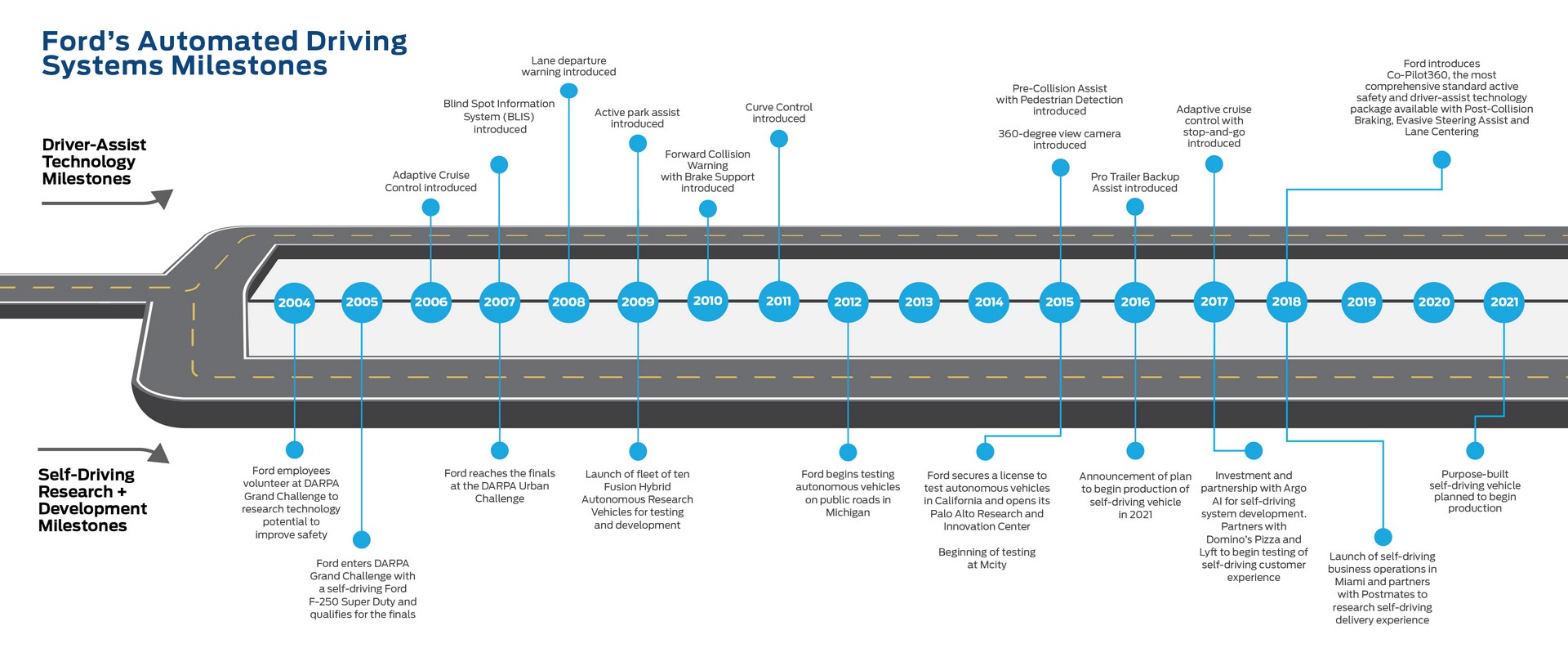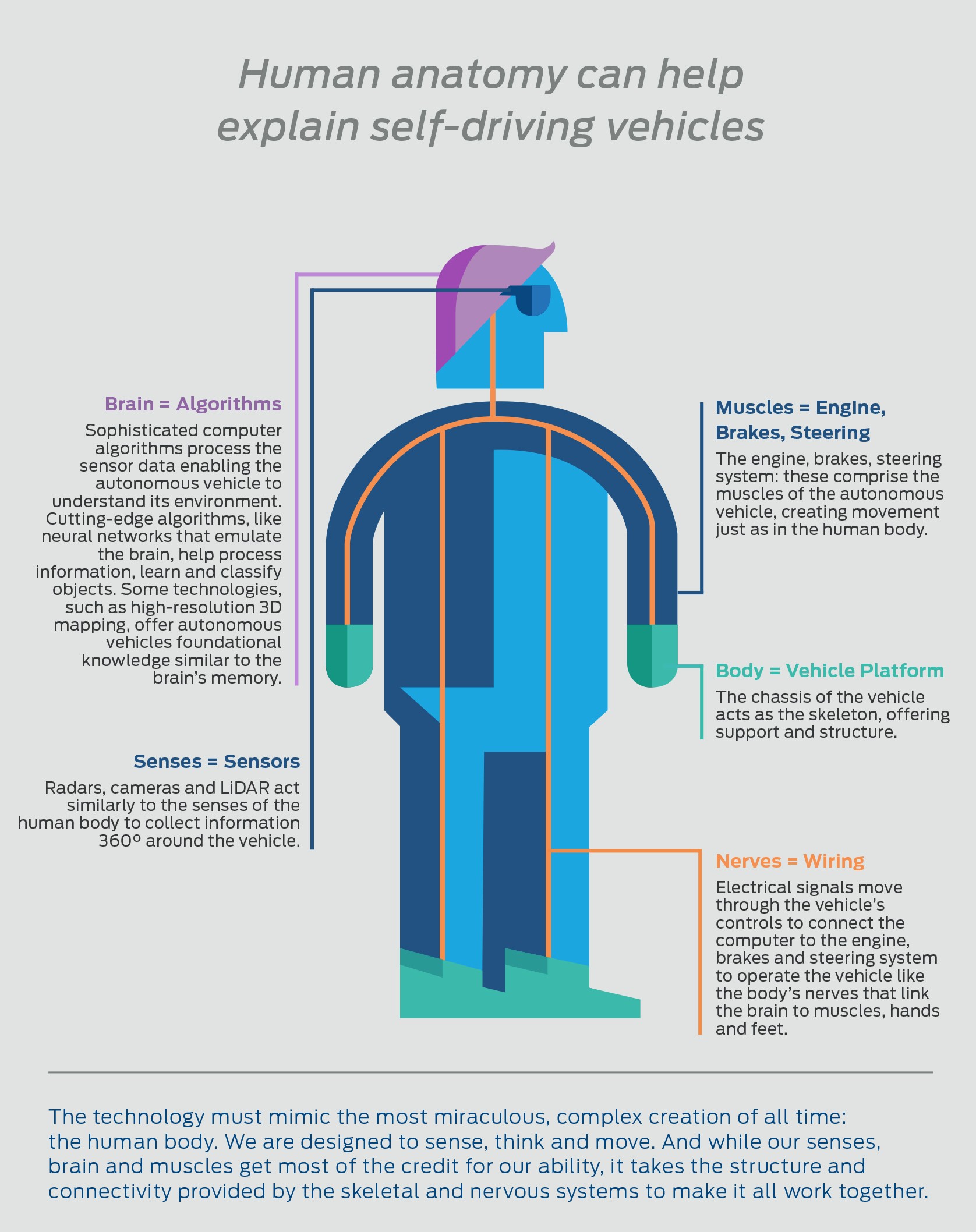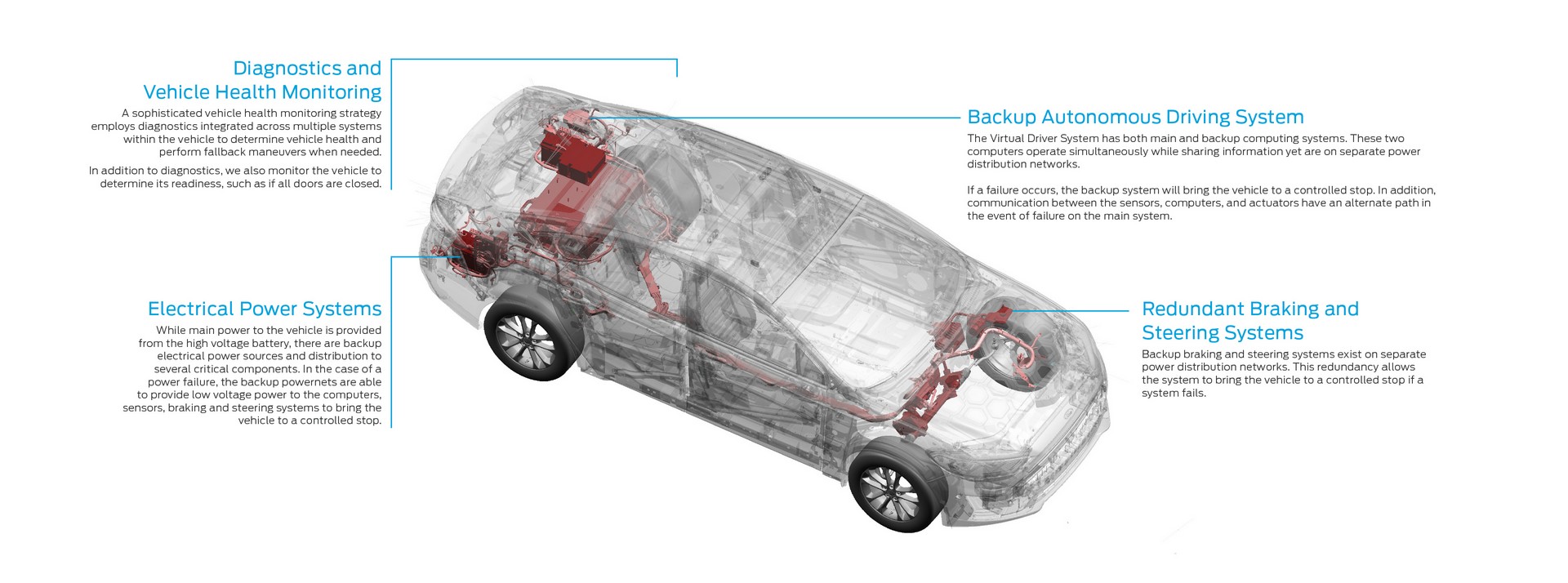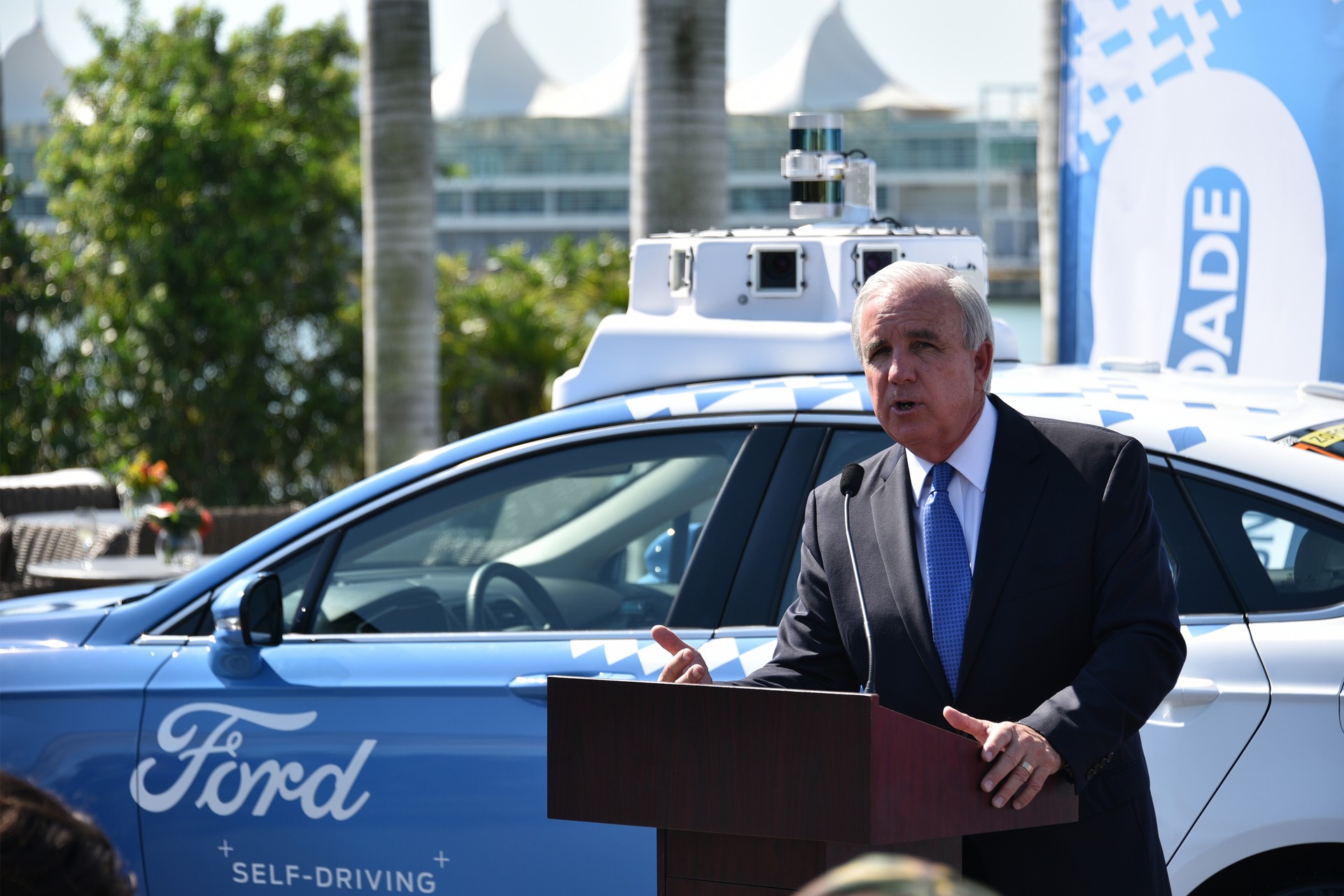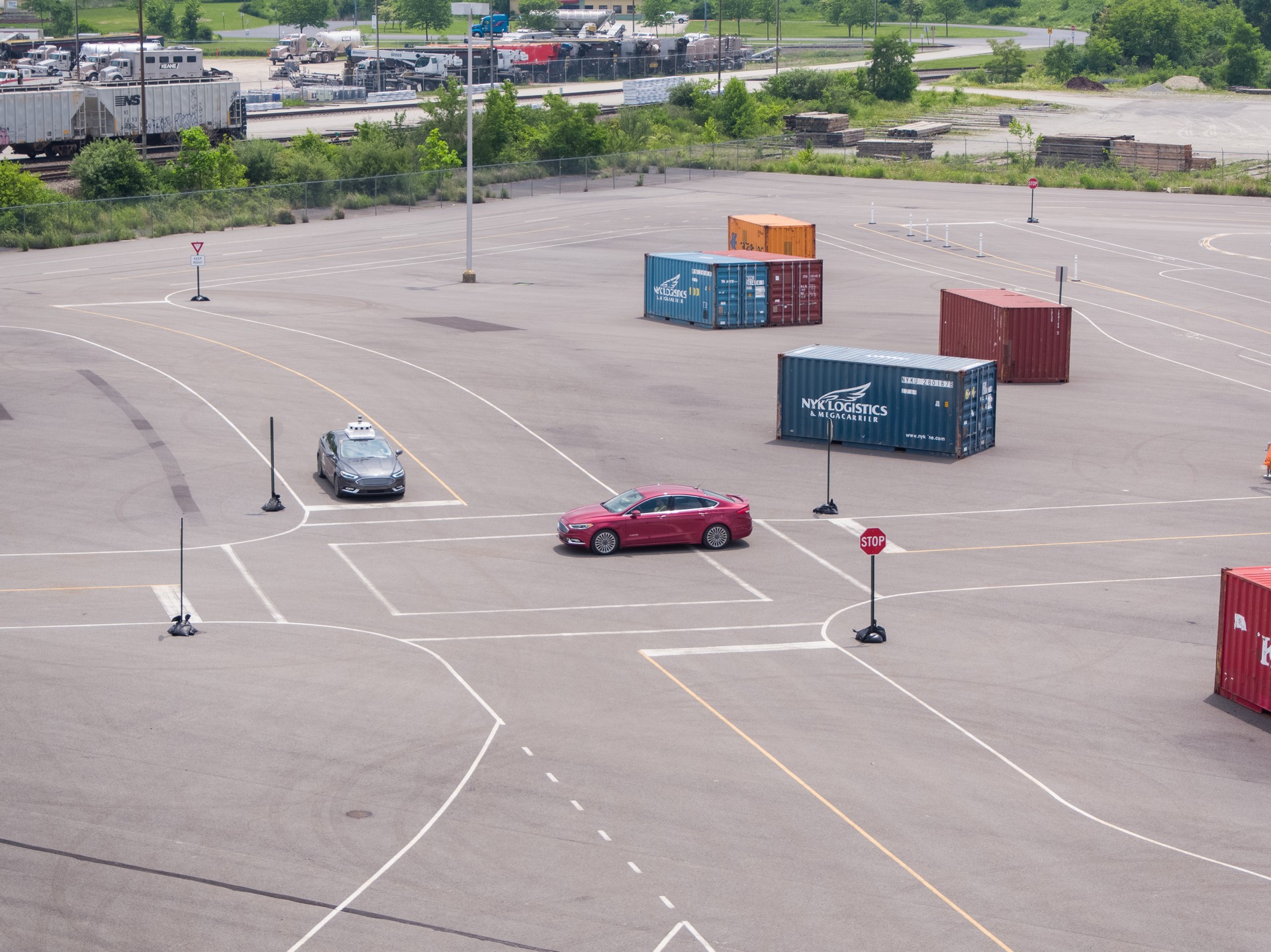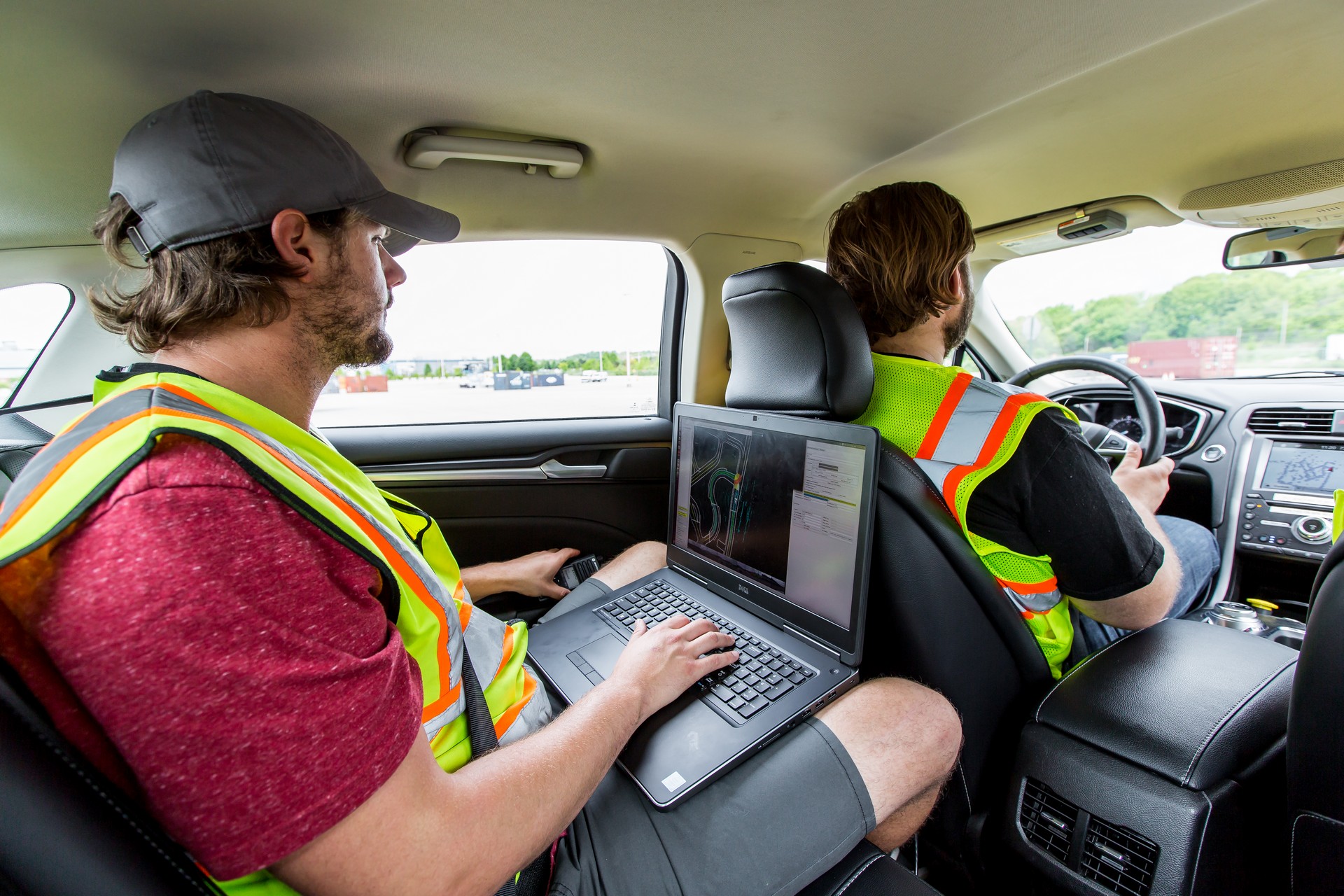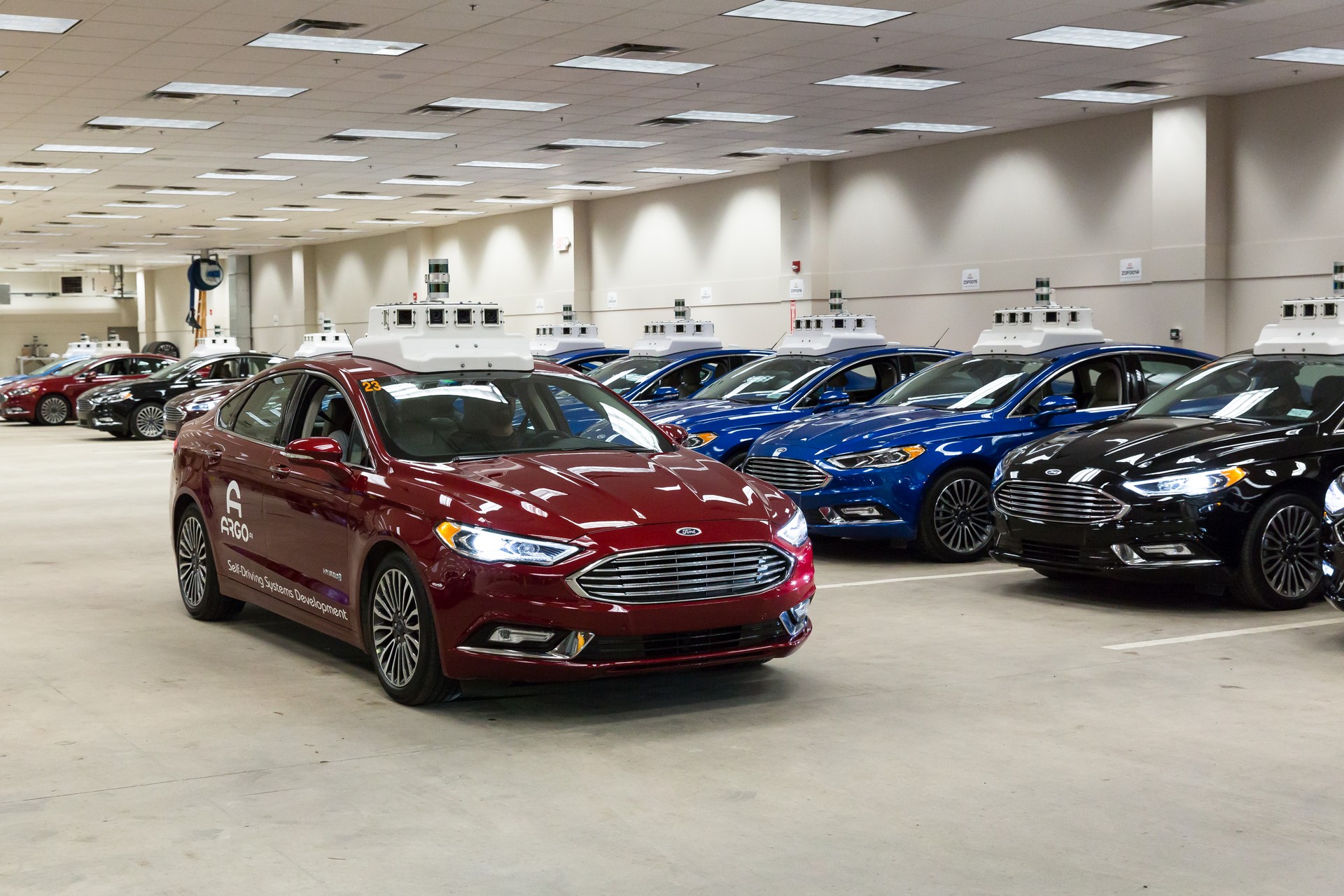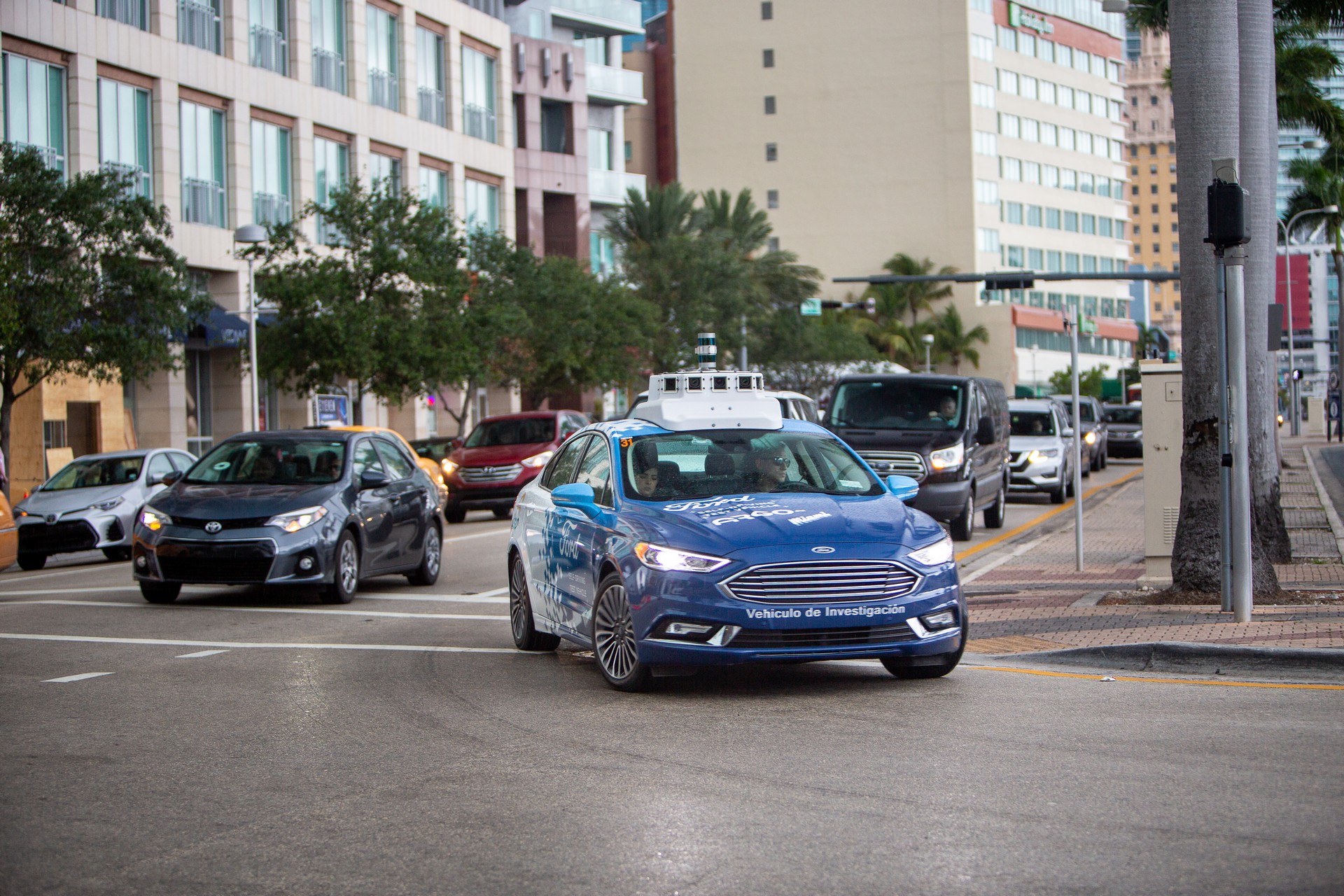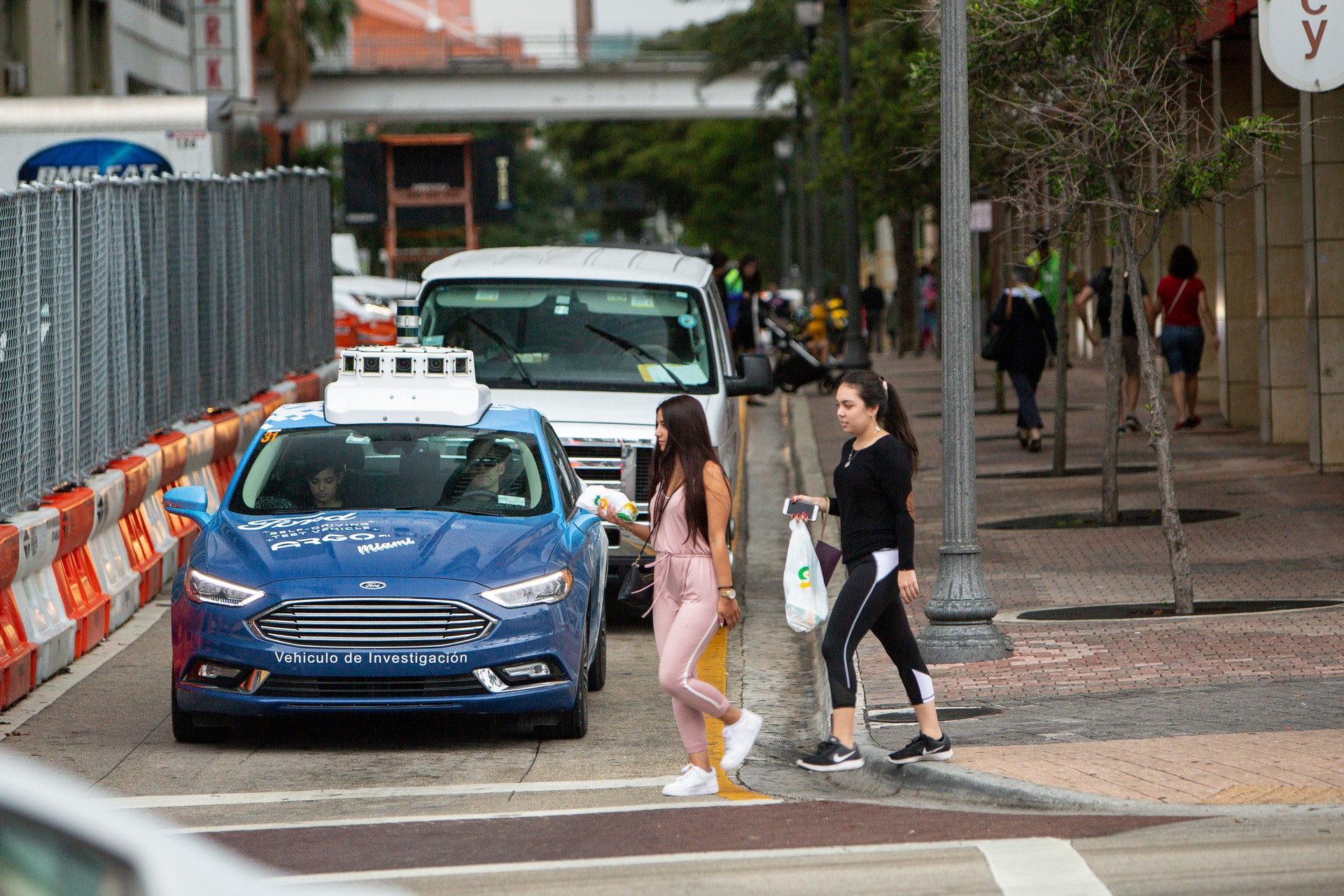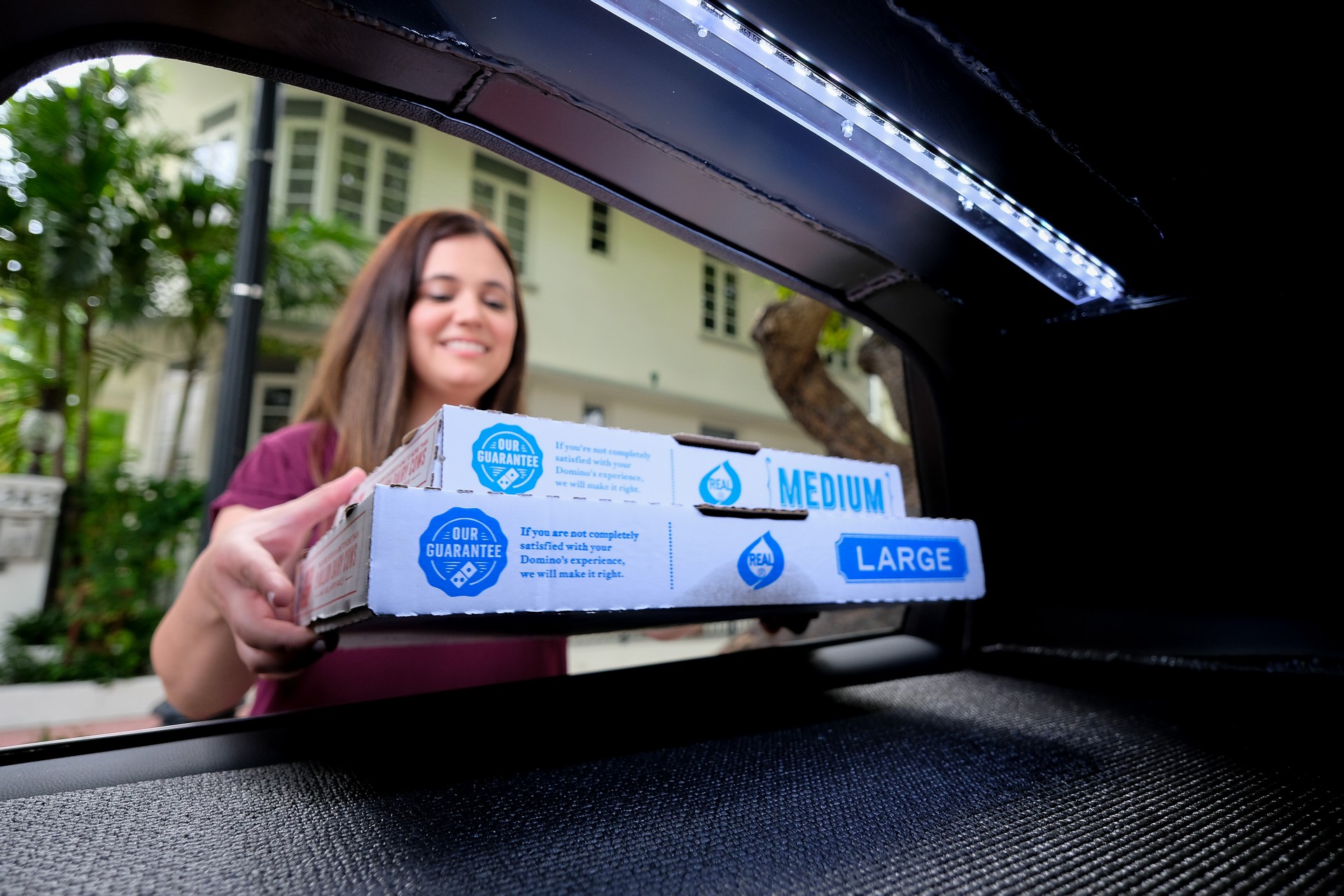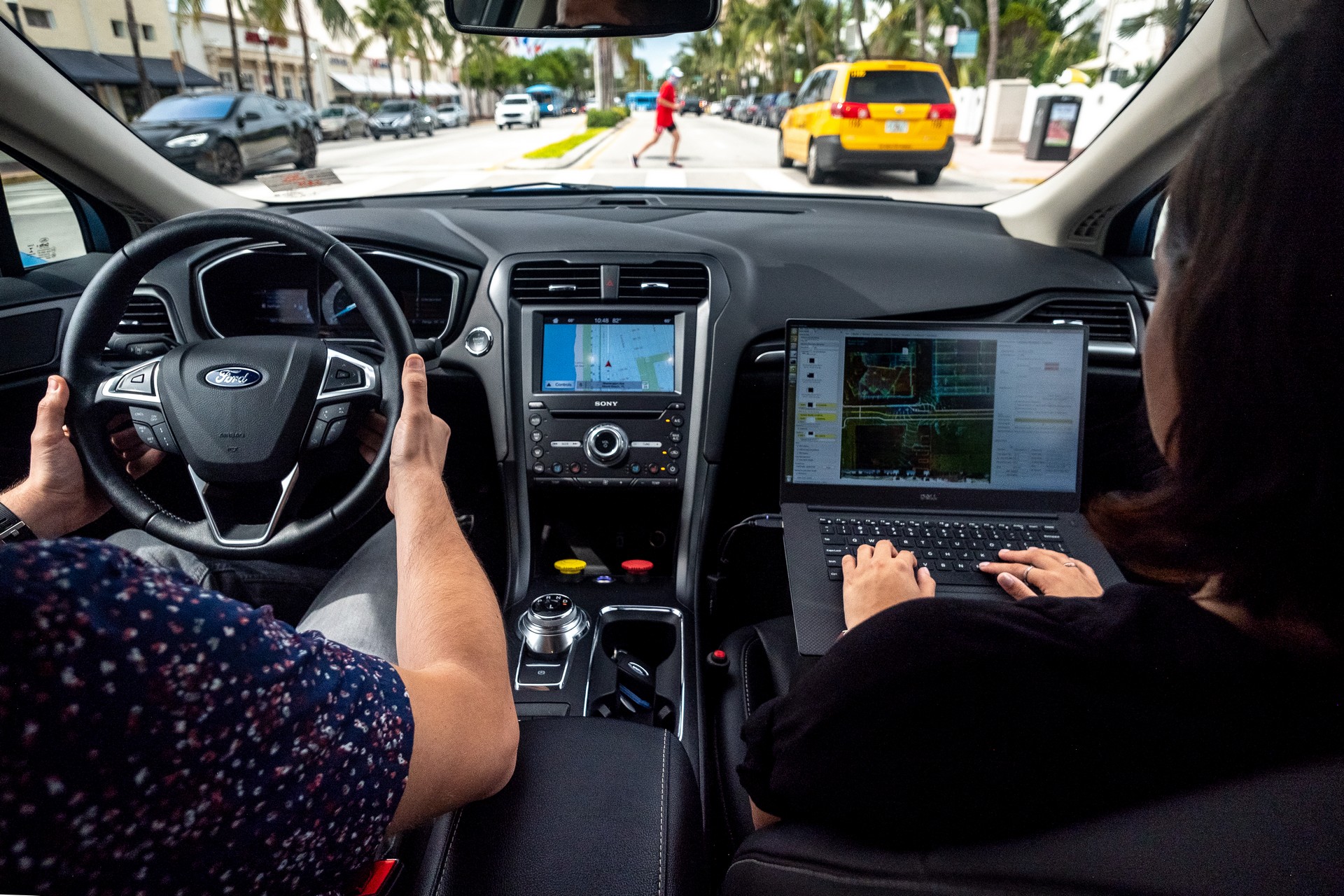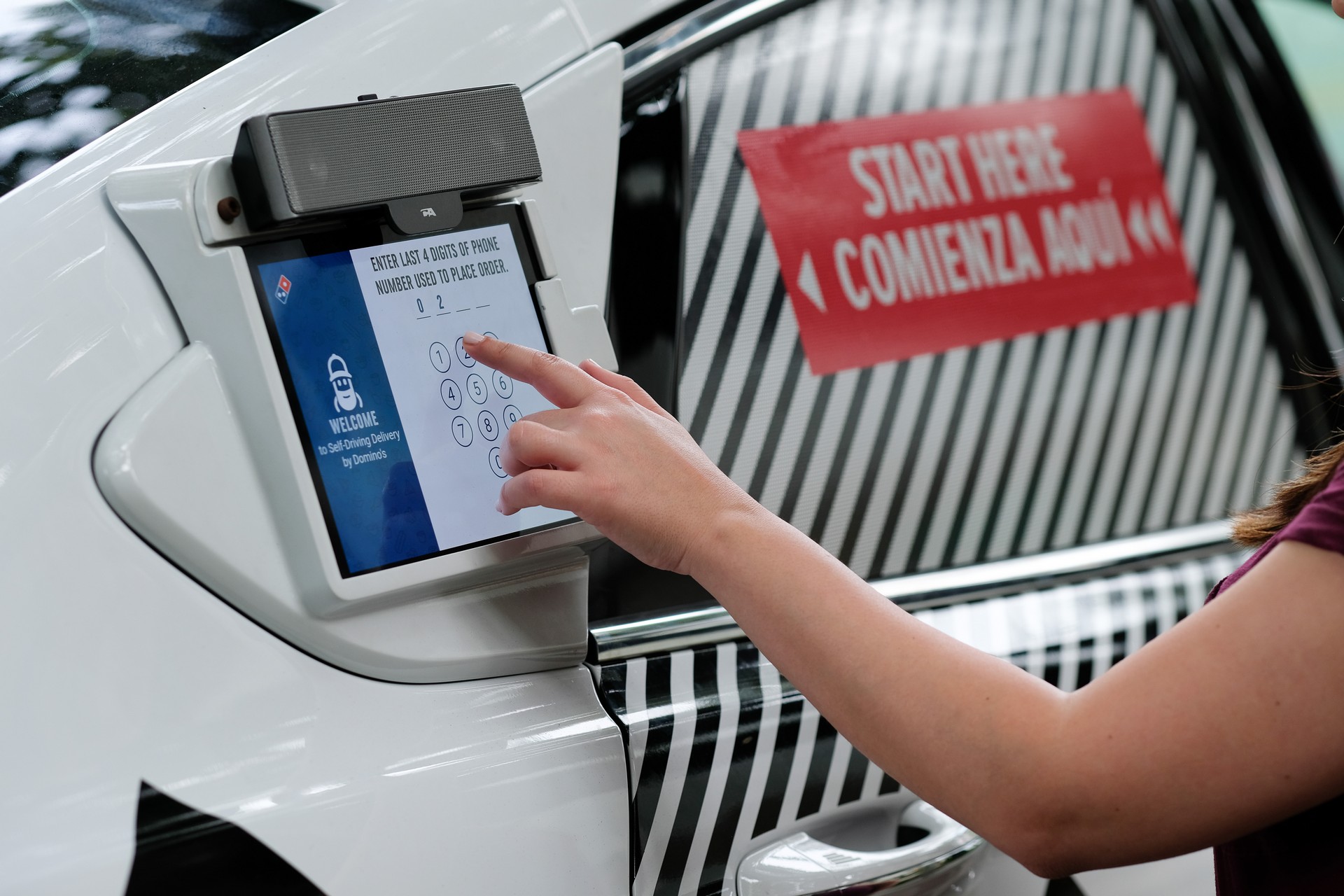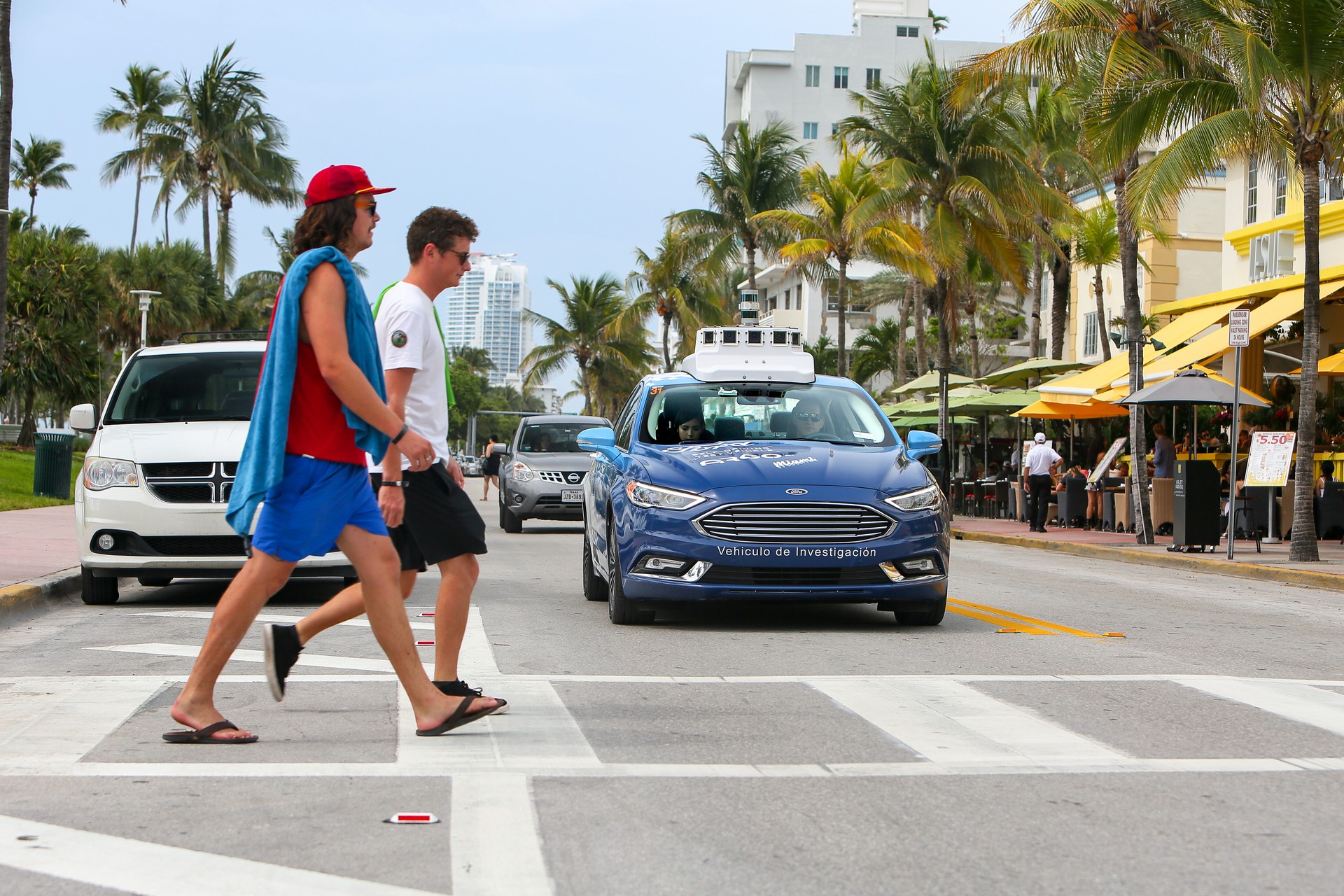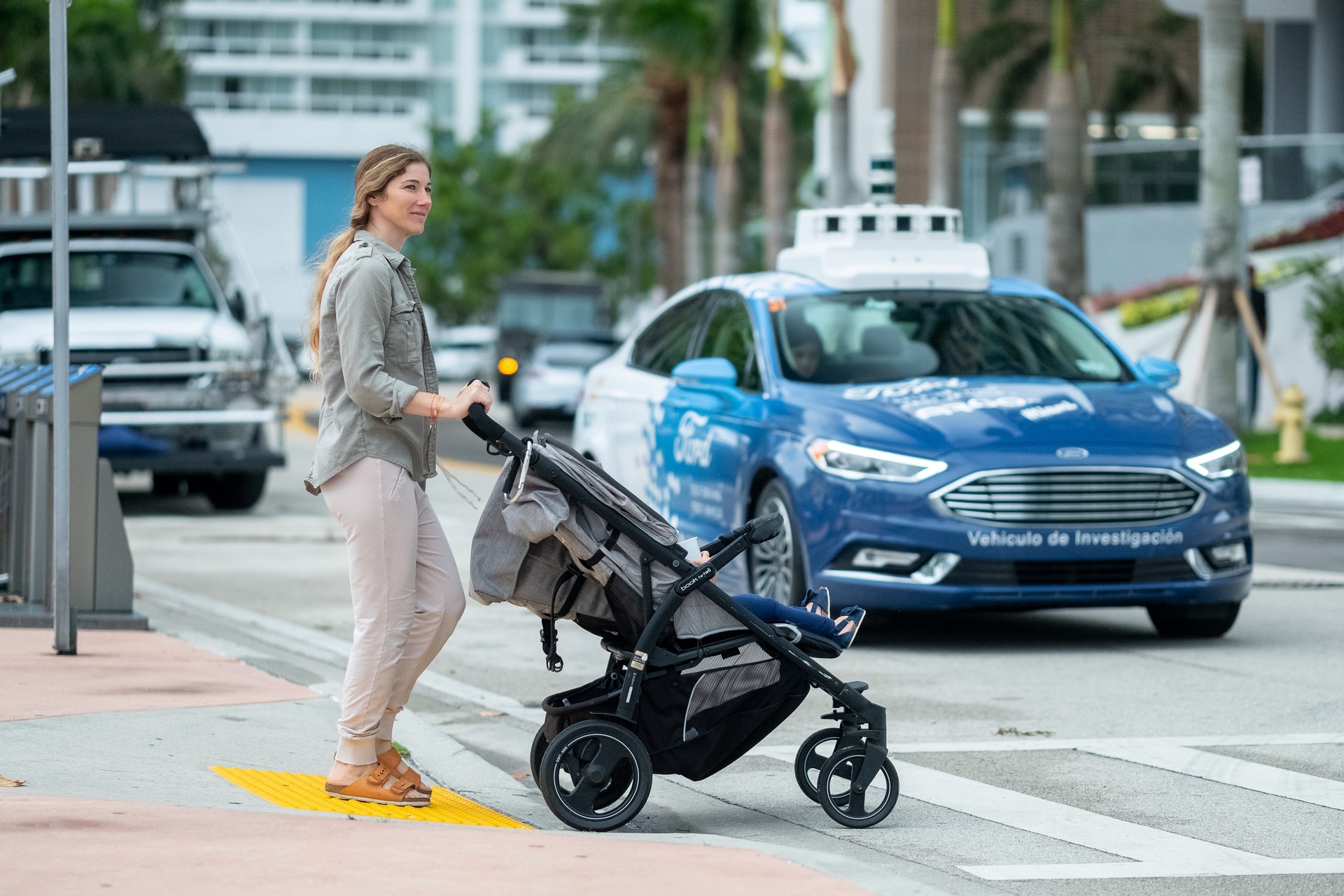Ford CEO Jim Hackett famously declared he wouldn’t ride an autonomous vehicle because “the trust isn’t real high” and it appears his hesitance towards the technology is shaping the company’s larger autonomous driving efforts.
In a 44-page report (PDF) that outlines the company’s approach to autonomous vehicle development, the automaker embraces the idea of trust and said it’s the “central challenge in the development of self-driving vehicles.”
To help build trust, Ford will initially operate autonomous vehicles as part of a mobility service for moving people or delivering goods. The company thinks this will provide a number of benefits as autonomous taxis could be more affordable than taxis driven by humans. Autonomous vehicles are also ideal for transporting goods which are ordered online.
Ford says their purpose-built autonomous vehicle will debut in 2021 and has been designed to operate without a steering wheel, gas pedal or brake pedal. Interestingly, Ford says the model won’t be fully autonomous as it will only have Level 4 automation. That sounds a bit dangerous, but the automaker downplayed this by saying the model has been designed to operate in “a specifically-defined area of a city and only when the weather is good enough for the sensors to work properly.”
In essence, Ford is billing a vehicle with Level 4 technology as “truly driverless.” That doesn’t seem very trustworthy as the Society of Automotive Engineers says Level 4 vehicles only offer “high” levels of automation. Level 5 vehicles, on the other hand, are fully autonomous.
Of course, there are some caveats as the National Highway Traffic Safety Administration notes Level 4 vehicles are “capable of performing all driving functions under certain conditions.” That’s why Ford’s vehicle will only be able to operate in a specific area and only in good weather conditions.
Putting aside that distinction, Ford says it plans to have a have a fleet of autonomous test vehicles in multiple cities within the next three years. The company says safety is a top priority and notes “Throughout the development period, we will be utilizing safety operators in our test vehicles.” The company currently uses two-person teams and each member undergoes a rigorous training and certification course.
Getting back to the company’s purpose-built autonomous vehicle, Ford says it has conducted extensive customer research to “understand our ride-hailing and delivery partners’ needs.” This feedback is helping the automaker design the vehicle so both customers and businesses will be happy with the final product.
Ford also said the model will use upgraded components – such as brakes, wheels and body structures – that can withstand “extreme work cycles.” The company went on to suggest the model will have a hybrid powertrain to lower running costs.
Ford will provide additional information about the model closer to its debut in 2021, but the company did release a teaser image. There isn’t much to see, but the vehicle appears to be a van or crossover that features a large sensor or scanner on its roof.






